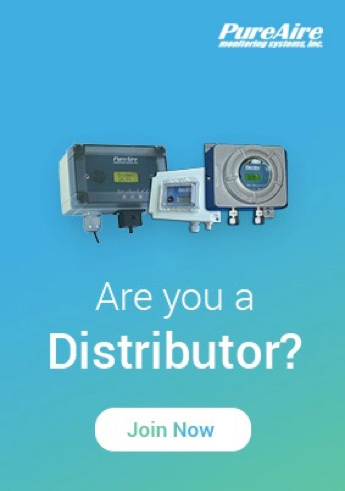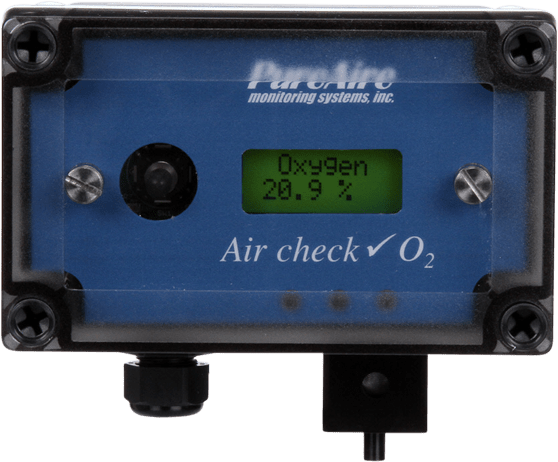OLED Manufacturing and its Risks
A good display is one of the strongest motivators to purchase a device, such as a television or a smartphone. The superior quality the OLED devices deliver will be a major driver for consumers, if these screens can make it onto a wide array of device types.
Next-generation OLED screens can even curve or roll up, like a newspaper. Kateeva is a company worth noting, as they are advancing OLED displays with over 200 million raised since 2008, using their YIELDjet FLEX printing tools. Two years after its debut, Kateeva’s YIELDjet FLEX tool is the undisputed leader in the industry. Kateeva’s President & COO was named “Inventor of the Year” for 2016 by the Silicon Valley Intellectual Property Law Association.
At present, only a handful of smartphone screens come with an organic LED. Apple hopes to ship all iPhones with OLEDs by 2018, but some doubt that facilities will have enough production to meet demands. At present, there is only one producer, Samsung, who is on board to provide the OLED screens.
Efficient OLEDs are made using either an inkjet printing process or a process known as organic vapor phase deposition (OVPD). In the OVPD process, an inert gas (usually nitrogen or N2) is used as a “carrier gas” to transport the organics onto a substrate, where they can condense. Nitrogen is a popular choice because it is inexpensive, efficient, and reliable.
Nitrogen can be generated on-demand using a generator that distils air into its component parts. An oxygen analyzer can help ensure the purity of the nitrogen gas created by measuring trace amounts of oxygen in ppm. By using nitrogen as the carrier gas, manufacturers can reduce the cost associated with making OLED screens and decrease the time to production.
How an Oxygen Deficiency Monitor Protects OLED Employee Safety
Inert gases including N2 do not react with other substances. If the N2 used as a carrier gas were to seep out from the generator or from supply lines, it would start to deplete oxygen present in the atmosphere. Since nitrogen gas has no odor or color, staff would be unable to tell that a leak had occurred without something like an oxygen deficient monitor in place.
Within minutes of a leak, room oxygen levels would fall to below the minimum acceptable levels for oxygen. When this happens, anyone in the room would begin to experience respiratory symptoms, including mental confusion, loss of consciousness, and asphyxiation due to lack of oxygen. Accidents involving oxygen depletion are usually fast, serious, and frequently fatal.
An oxygen monitor is a low-cost, effective way to monitor levels of oxygen anywhere that inert gases such as nitrogen are used. A wall-mounted oxygen monitor tracks oxygen levels on a continual basis and sounds a loud alert should oxygen fall below the 19.5 percent oxygen threshold earmarked by OSHA, a threshold that provides employees ample time to evacuate before succumbing to symptoms of oxygen deficiency.
By installing an oxygen deficiency monitor anywhere nitrogen gases are used or nitrogen generators exist, manufacturers can safeguard their staff while taking advantage of efficiencies that allow cheaper manufacturing of OLEDs.
PureAire offers an oxygen deficiency monitors with a zirconium sensor, which is capable of withstanding 10 years of continued use. Because these sensors are long-lasting, they offer a good value compared to other types of sensors on the market. By installing an oxygen monitor to safeguard staff and an oxygen analyzer to protect the purity of the nitrogen gas, manufacturers can build capacity needed to meet the demand for OLED screens.
PureAire’s sensors are reliable, effective, and easy to set up. Once installed, they require no calibration to work. These monitors work in temperature extremes and remain reliable even when adverse weather affects barometric pressure.



